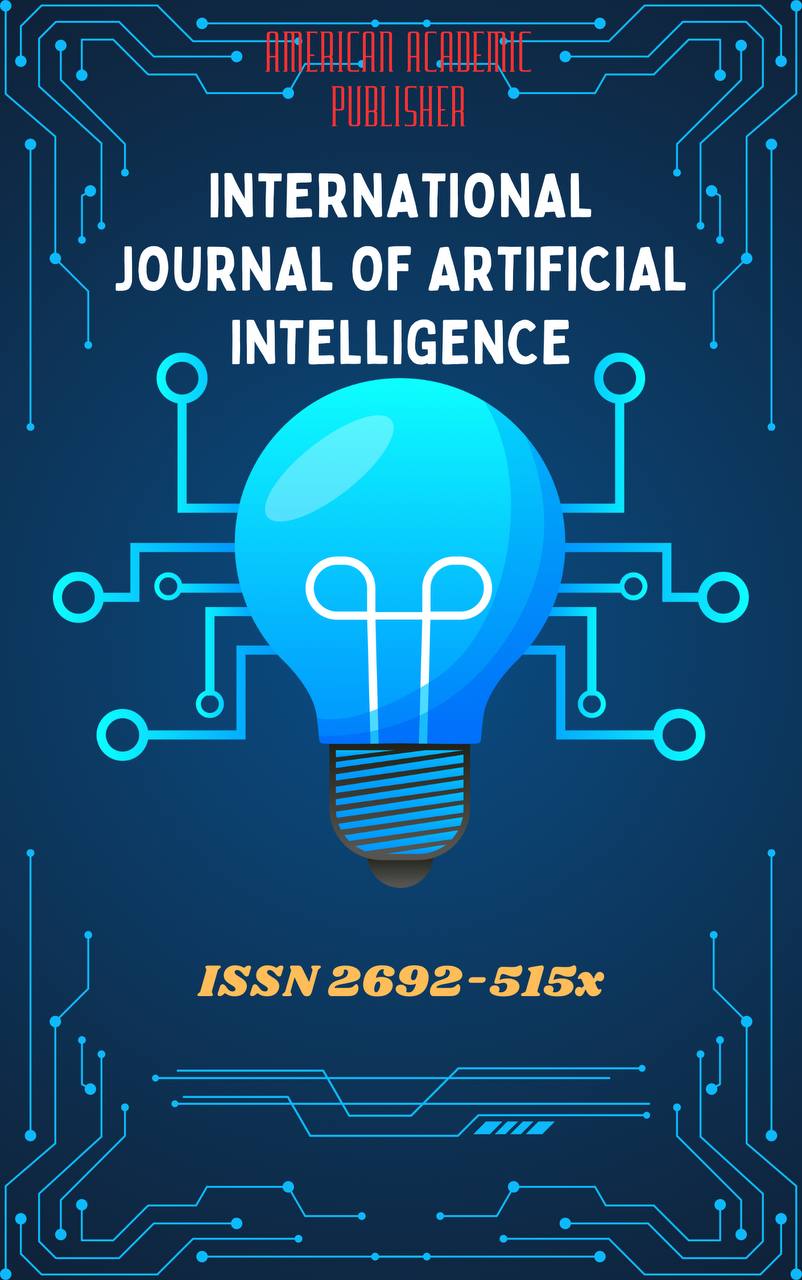 Articles
| Open Access |
Articles
| Open Access | NARRATIVE INNOVATION IN JAMES JOYCE’S NOVELS: AN ANALYSIS WITH DUBLINERS
Tojiyeva Mohinur Zokirovna , Master's student at Karshi International University, Kashkadarya region, Karshi cityAbstract
This article examines the evolution of narrative techniques in James Joyce’s novels, focusing on how early elements visible in "Dubliners" laid the groundwork for his later experimental masterpieces. Using qualitative textual analysis, it explores key features such as stream of consciousness, epiphany, and psychological realism. The study shows how Joyce progressively redefined the possibilities of modernist fiction.
Keywords
Modernism, Stream of Consciousness, Epiphany, Dubliners, Narrative Technique, Stagnation
References
- Attridge, D. (2004). "The Cambridge Companion to James Joyce". Cambridge University Press.
- Benstock, B. (1981). "James Joyce: The Augmented Ninth". University of Illinois Press.
- Ellmann, R. (1982). "James Joyce" (Revised edition). Oxford University Press.
- Joyce, J. (1914). "Dubliners". Grant Richards Ltd.
- Joyce, J. (1916). "A Portrait of the Artist as a Young Man". B. W. Huebsch.
- Joyce, J. (1922). "Ulysses". Sylvia Beach.
- Kenner, H. (1955). "Dublin's Joyce". Chatto & Windus.
- Kershner, R. B. (1989). "Joyce, Bakhtin, and Popular Literature: Chronicles of Disorder". University of North Carolina Press.
- Levin, H. (1941). "James Joyce: A Critical Introduction". New Directions.
- McCourt, J. (2000). "The Years of Bloom: James Joyce in Trieste 1904–1920". Lilliput Press.
Article Statistics
Downloads
Copyright License

This work is licensed under a Creative Commons Attribution 4.0 International License.

